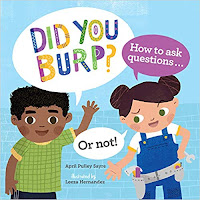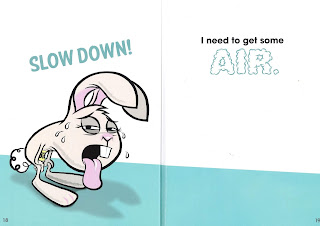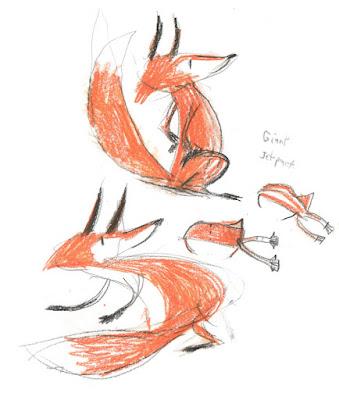 |
| Danielle Jones |
Today's guest poster is Danielle Jones, a youth and teen librarian in Portland, Oregon. She has served on the 2018 Sibert Committee and the 2016 ALSC Notable Children’s Books Committee.
April Pulley Sayre is the author of over 50 books for young readers, with most books focusing on the natural world. Ever prolific and always poetic, this year she has several books that can be considered for the Geisel.
 |
| Like A Lizard |
Like a Lizard, illustrated by Stephanie Laberis, connects young readers to the behaviors and characteristics of the wide array of squamate reptiles. With poetic cadence, she asks readers, "Can you run like a lizard? Sun like a lizard? Bob your head like a lizard? One, two!" Laberis' illustrations show a unique lizard demonstrating the said action with its species name in small print. Incredibly engaging, packed with information, and with main text that is both accessible and fun, this unfortunately might make a tough sell as an early reader. Species names get lost in the illustrations, even for more experienced readers, and though aesthetically pleasing, the swirling text would become cumbersome for an emergent reader. Although ideal as a read-aloud for its target audience, it would be better shared together with younger readers.
 |
| Did You Burp? |
Did You Burp? How to Ask Questions...Or Not!, illustrated by Leeza Hernandez, looks at asking questions from a variety of angles. Whether they come from curiosity, need of clarification, or trying to get to know someone, this book serves as a guide and inspiration for when and how to ask questions. This is another title that is brilliant in how it conveys a heady topic to a young audience. Even more so than
Like a Lizard, this could be a hard stretch to serve as an early reader. It is full of rich language but many complicated words. Also, the layout, fonts, and speech bubble lettering would be a challenge for an emerging reader to navigate.
Sayre is as much a notable photographer as she is a poet, and has created several books combining the two that are both full of the wonder of the natural world and informational. This year's
Bloom Boom! textually is the most accessible to early readers. There is great repetition of the phrase "Bloom, boom!" and unique, but easy to sound out, rhyming words such as "Petals curve. Insects swerve," that are reinforced with both the curving text and the accompanying photos.
 |
| Bloom Boom |
I have had the opportunity to use
Bloom Boom! in a storytime setting to great success. Children wanted to pour over the pictures, but were also equally excited to turn the page to see what was next, hitting that Geisel criteria of a "page-turning dynamic." An informational book has never won the Geisel and it is rare to see one win an honor, the only times being
Wolfsnail: A Backyard Predator by Sarah C. Campbell in 2009 and
Vulture View by Sayre in 2008. Could
Bloom Boom! break the over-a-decade-long dry spell?






































